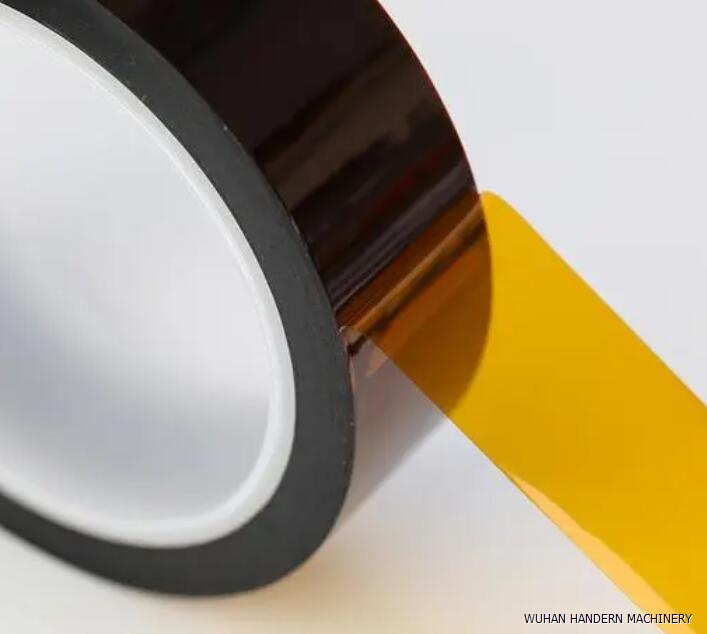What is polyimide PI film
DATE:2023/7/19 15:00:49 / READ: / SOURCE:This station
Polyimide is a high-performance polymer material, which has excellent heat resistance, chemical resistance, electrical insulation and mechanical properties. Polyimide PI film is a kind of film based on polyimide, which has many special properties because of its unique molecular structure.
 Polyimide PI film has the following applications:
Polyimide PI film has the following applications:
Electronics industry: Used as insulation materials for electronic products, flexible circuit boards, battery separators, etc.
Aerospace field: Used for manufacturing insulation materials, insulation materials, aircraft surface protective films, etc. for aircraft.
Optical field: used for manufacturing optical films, optical devices, optical fibers, etc.
Medical field: used for manufacturing medical devices, Artificial organ, medical packaging materials, etc.
Other fields: used for manufacturing high-temperature tape, insulation materials, flame retardant materials, etc.
Production steps of polyimide PI film:
Raw material preparation: select appropriate polyimide monomer and solvent.
Polymerization: the polyimide monomer is mixed with solvent, and a catalyst is added for polymerization.
Membrane formation: The polymerized mixture is formed into a thin film through coating, impregnation, stretching, and other methods.
Solvent removal: The removal of solvents from the film, usually through drying or vacuum treatment.
Post treatment: Heat treatment, cooling, cutting and other processes are carried out on the film to achieve the required performance.
Difficulties in production of polyimide PI film:
Control of polymerization conditions: the polymerization of polyimide requires strict control of temperature, pressure and reaction time to ensure the structure and performance of the polymer.
Solvent removal: The removal of solvents requires controlling the drying temperature and time to avoid deformation or rupture of the film.
Thin film preparation: The preparation of thin films requires controlling the speed and thickness during the coating, impregnation, or stretching process to obtain uniform and mechanical properties of the film.
Post treatment process: The post treatment process needs to be adjusted according to the application requirements of the film to ensure that the performance of the film meets the requirements.

Electronics industry: Used as insulation materials for electronic products, flexible circuit boards, battery separators, etc.
Aerospace field: Used for manufacturing insulation materials, insulation materials, aircraft surface protective films, etc. for aircraft.
Optical field: used for manufacturing optical films, optical devices, optical fibers, etc.
Medical field: used for manufacturing medical devices, Artificial organ, medical packaging materials, etc.
Other fields: used for manufacturing high-temperature tape, insulation materials, flame retardant materials, etc.
Production steps of polyimide PI film:
Raw material preparation: select appropriate polyimide monomer and solvent.
Polymerization: the polyimide monomer is mixed with solvent, and a catalyst is added for polymerization.
Membrane formation: The polymerized mixture is formed into a thin film through coating, impregnation, stretching, and other methods.
Solvent removal: The removal of solvents from the film, usually through drying or vacuum treatment.
Post treatment: Heat treatment, cooling, cutting and other processes are carried out on the film to achieve the required performance.
Difficulties in production of polyimide PI film:
Control of polymerization conditions: the polymerization of polyimide requires strict control of temperature, pressure and reaction time to ensure the structure and performance of the polymer.
Solvent removal: The removal of solvents requires controlling the drying temperature and time to avoid deformation or rupture of the film.
Thin film preparation: The preparation of thin films requires controlling the speed and thickness during the coating, impregnation, or stretching process to obtain uniform and mechanical properties of the film.
Post treatment process: The post treatment process needs to be adjusted according to the application requirements of the film to ensure that the performance of the film meets the requirements.
Author:admin




